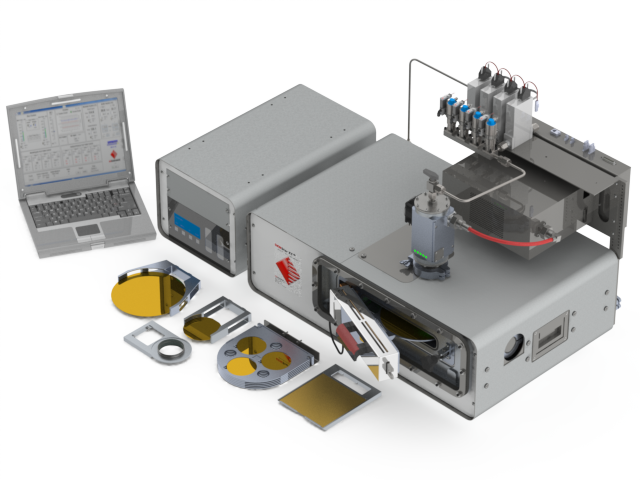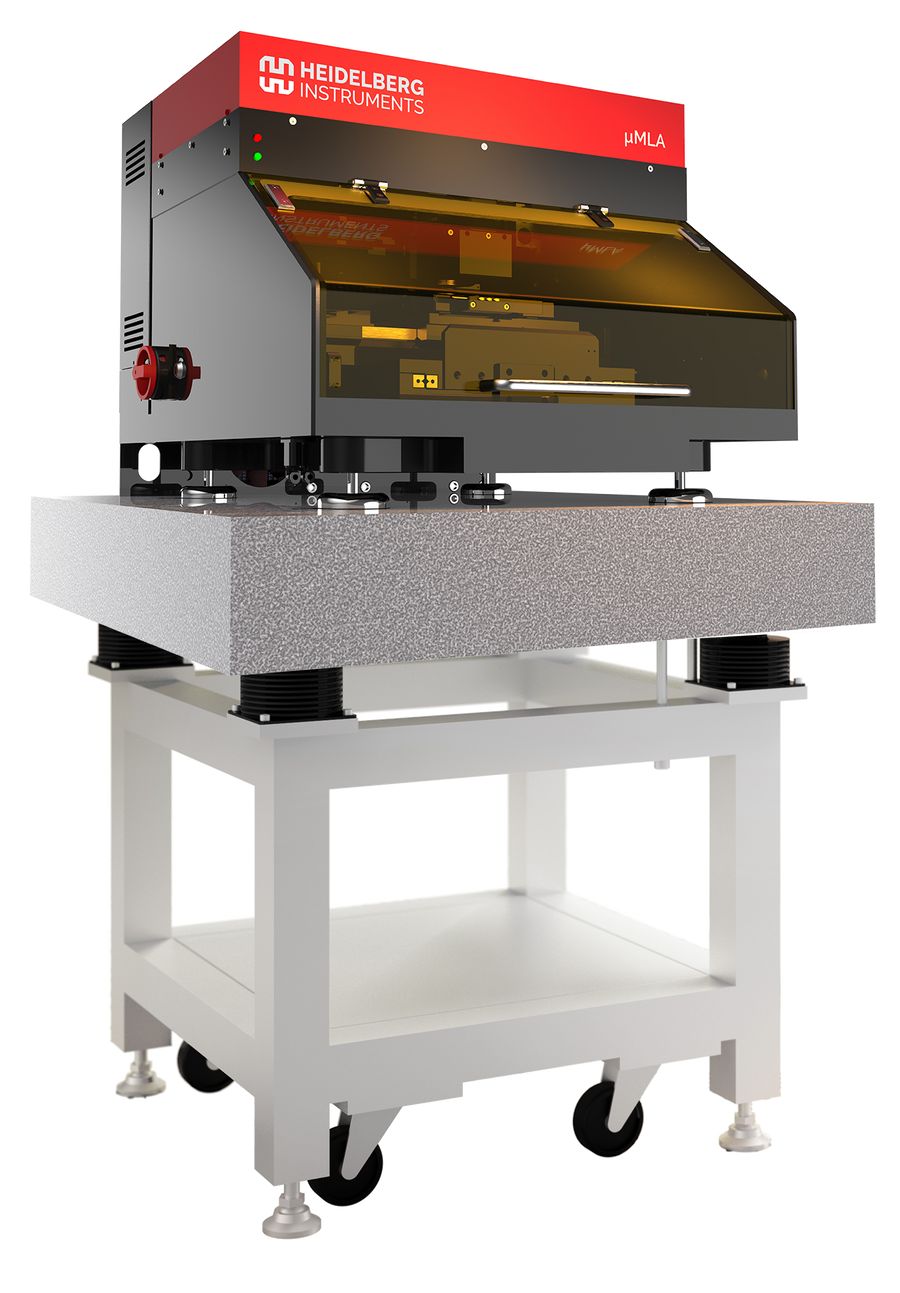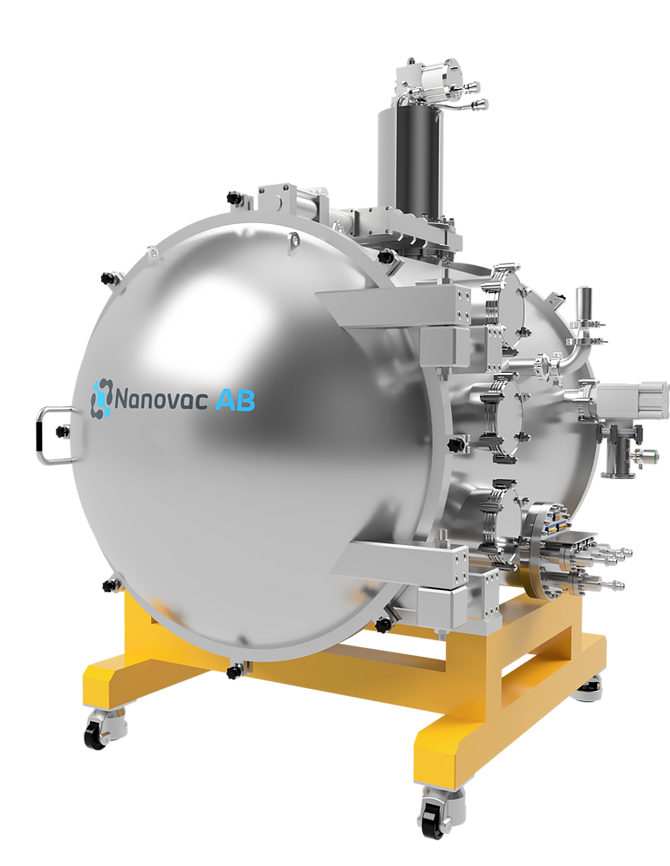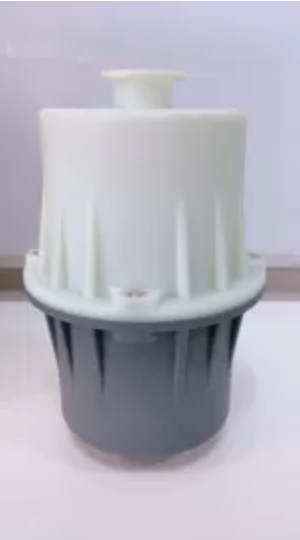ATC PRODUCT SERIES - AIRBLAST COOLERS
Airblast coolers use ambient air to maintain the temperature of process fluids, without the use of refrigeration system. In simple terms, this is achieved by forcing air over the process fluids to remove unwanted heat and ejecting it into the environment.
How does an Airblast Cooler Work?
Airblast coolers pump fluid around your application to maintain the desired temperature. The fluid leaves the outlet of the cooler and is pumped through the application. Heat is absorbed into the fluid from the application and returns to the chiller through the inlet and into the tank. This helps to buffer the temperature. From the tank the fluid is drawn down through the pump and then through the water to air heat exchanger. In the heat exchanger, air is pulled across the fluid and heat is ejected to air. The fluid then repeats its journey through the application. Following this process, temperatures can be as low as 10°C above ambient temperature.

Unlike chillers, Airblast coolers do not have compressors, so are not constrained by the same operating conditions. Chillers must feature a high pressure/high temperature cut off switch to protect the chiller (and compressor) in high ambient temperature conditions. This issue can be worsened where chillers are kept outside as they are affected by sunlight. The upper limit of an Airblast cooler’s operating conditions is only defined by the heat transfer fluid used and the thermal properties of the water circuit materials, allowing them to operate efficiently in warmer environments.
How are Different Coolants Used in Airblast Coolers?
Process fluids commonly used with Airblast coolers include water, glycol, and oils. Process fluids are often known as heat transfer fluids.
Water
 Water can be used as a heat transfer fluid, meeting the needs of most liquidcooling applications. Water is cheaply available, non-toxic and has a high thermal capacity. It has low viscosity, making it easy to pump. However, water has a low boiling temperature and freezes easily, making it unstable and difficult to manage at extreme temperatures. De-ionised water may be considered for use with sensitive applications, as water with a high mineral substance can cause deposits in the system plumbing, and a pH level that is too acidic/alkaline can be destructive. Water alone has no antimicrobial properties, leaving the system vulnerable to contamination – an issue that can be costly, and time consuming to remedy.
Water can be used as a heat transfer fluid, meeting the needs of most liquidcooling applications. Water is cheaply available, non-toxic and has a high thermal capacity. It has low viscosity, making it easy to pump. However, water has a low boiling temperature and freezes easily, making it unstable and difficult to manage at extreme temperatures. De-ionised water may be considered for use with sensitive applications, as water with a high mineral substance can cause deposits in the system plumbing, and a pH level that is too acidic/alkaline can be destructive. Water alone has no antimicrobial properties, leaving the system vulnerable to contamination – an issue that can be costly, and time consuming to remedy.Glycol/Water Combinations

Glycol/water combinations may be used as a heat transfer fluid. When added to water, glycol prevents fluids from freezing, allowing applications to operate at much lower temperatures than when using water alone as a heat transfer fluid. The addition of glycol has a lubricating effect on the pump, allowing the system to run smoothly. In comparison to water, water/glycol solutions can be more difficult to clean up in the event of a spillage due to its high boiling point and viscosity. Water Glycol/Water Combinations Ethylene Glycol/water combinations, such as Coolflow, are relatively inexpensive but must be replaced every 5 years to guarantee optimum performance. Applied Thermal Control are the exclusive supplier of Hexid, a propylene glycol/water combination. Hexid is biodegradable and non-toxic, making it a more environmentally friendly choice of heat transfer fluid. It also contains a trace biocide, which will stop any microbial contamination within the system. Hexid must be changed yearly but is easy and safe to dispose of.
Oils
Oils are frequently used with Airblast coolers. They have a higher liquid temperature than water, so it is unlikely that viscosity will present as an issue with the temperatures achieved through this cooling process. However, oils may require more energy to pump around the system than a less viscous counterpart. Due to this, special pumps may be required when using oils as heat transfer fluids.
What Different Control Methods are Available?

ATC house all Airblast coolers in robust steel enclosures, providing any exposed electrical parts exposed to the weather with an IP54 rating, meaning that they are protected against dust and water splashed from all directions. As Airblast coolers are not affected by sunlight, they can be kept outside without weather conditions affecting performance.
By default, the fans in ATC Airblast coolers are permanently working. If you are concerned about noise or would like closer or more stable temperature control, ATC have two different option packs available: on/off and proportional control.

The on/off fan speed control pack allows the fan to turn off when not needed. As the fan blades of an Airblast cooler cut through air, they can generate a high-pitched noise. This pack can be helpful in residential areas, turning the fan off at night to reduce noise levels.

The addition of a proportional fan speed control pack allows the fan to adjust to meet the needs of the cooling process, by means of an analogue signal with an inverter which is able to simulate a low power supply. Proportional fan speed control can help to make Airblast coolers more environmentally friendly, with a reduction in noise levels and energy consumption. When running an Airblast cooler in a high ambient environment (typically an environment over 35°C), a high ambient fan can be fitted, allowing the fans to run at double the motor speed, from 1250RPM to 2500RPM. A proportional fan speed controller can be fitted with this option to overcome any issues with low ambient temperatures, at night for example. High ambient fans can also be repurposed to increase cooling capacity by up to 30%. Where the application requires process fluids to increase in temperature, or remain at a maintained temperature, ATC offer a heater pack as a standard option.
What Different Control Methods are Available?

Non-return solenoid valves can be fitted to Applied Thermal Control’s range of Airblast coolers, preventing any backflow of fluid into the system when not operational, for example, when fans are not running. This option is particularly relevant to coolers being installed at a different height (over 2 meters difference) to the application, or where long lengths of tubing is used to connect the two. What Different Control Methods are Available? Volt Free Connections can be installed to allow monitoring of alarms through analogue communication between the Airblast cooler and application. This standard option allows flow, temperature, level and allOK VCF’s to be communicated. A remote stop/start can also be fitted, allowing the cooler to be shut down remotely in the event that an alarm sounds. Applied Thermal Control supply filter kits as a standard option, which can be beneficial to Airblast coolers, considering the industrial environments within which they frequently operate. The addition of a particulate filter can protect either the application, or the cooler. Further details on this can be found here.
Airblast Cooling at Applied Thermal Control

Thermal Exchange were founded in 1982, initially to provide a reliable, UK based supplier of Airblast coolers into the metal fabrication industry. In 2019, when the SDI Group acquired Thermal Exchange, and merged them with ATC at a new site in Barrow upon Soar. Thermal Exchange specialised in Airblast coolers, often used in the welding industry, which could be customised to the bespoke requirements of the end user. The merge between ATC and Thermal Exchange allowed for technical knowledge and expertise to be enhanced by the sharing of experience and insight, resulting in a greater choice of cooling solutions available to customers. This has also allowed for improved on-site service and maintenance options, reducing downtime. Applied Thermal Control now offer the A-series – a compact and transportable range of Airblast coolers designed to control the temperature of water, glycols and oils to support a wide range of applications. Products in the A-series range are simple and easy to operate and maintain. All Airblast coolers within the range feature a pressure gauge, a temperature gauge, and a visual tank level indicator, allowing the user to perform visual checks with ease. Circuit breakers, on/off switch, and coolant safety by-pass are also fitted as standard.
The A-Series
A01

Housed in the Mini enclosure, the A01 Airblast cooler has an incredibly small footprint. The internals are run on 24V DC. It has a universal power supply which converts the local power supply (90-240V, 50/60Hz) to 24V DC. This makes the A01 an exceptionally versatile and inherently safe product. The A01 is extremely suitable for OEMs and system integrators who deploy their equipment around the world.
Applications of A01: Inverters, Welding torches, Hydrogen electrolysis, Uniaxial press machinery, Stamping machines, Cooling electronics.

A02

The A02 Airblast chiller is housed in a G02/K02 enclosure. It has a low footprint, taking up less space on factory floors. Taller than previous ATC designs, the A02 allows for the integration of centrifugal pumps, which require head pressure to prime correctly. The A02 is available on singlephase, from 208 to 240V.
Applications of A02: Inverters, Welding torches, Hydrogen electrolysis, Uniaxial press machinery, Stamping machines, Cooling electronics, Materials testing, Cancer therapy, PCR machines.

A03

Shorter than the A02, the A03 fits well under laboratory benches, as it is housed in a K3 enclosure. However, the A03 is not suitable for use with centrifugal pumps. The A03 is available on single-phase, from 208 to 240V.
Applications of A03: Materials testing, Industrial CT, Industrial X-ray, Cancer therapy, Welding robots, PCR machines.

A08

The A08 is housed in a K6 enclosure, a versatile option with lots of space for additional options to be installed. It is suitable for use with both centrifugal and positive displacement pumps. The A08 is available in single- and three-phase configurations. There are two twin heat exchangers within the A08, providing some redundancy among the four fans if ever one was to fail. This makes the A08 a good unit for processes that cannot be interrupted. A08 Applications of A08: Industrial X-ray, Magnetic stirrers, Climatic chambers, RF generation, Motor testing, Materials testing, Roots blowers.
Applications of A08: Industrial X-ray, Magnetic stirrers, Climatic chambers, RF generation, Motor testing, Materials testing, Roots blowers.

A12

The A12 is housed in a K12 enclosure and contains three twin heat exchangers – a total of 6 fans. This enclosure also has lots of space to allow for the installation of additional options. Both centrifugal and positive displacement pumps are available within an A12 Airblast cooler. The A12 is available on single- and threephase configurations.
Applications of A12: Cooling furnaces, Asphalt screening, Magnetic stirrers, Large motors for mixing, Hydrogen electrolysis, Roots blowers, Helicopter motors.

A40

The A40 is a large unit, housed in a W40 enclosure. It is better suited to outdoor installation. Due to the flow rates required by the A40, it is only able to accept centrifugal pumps. The A40 is available on single- and three-phase configurations.
Applications of A40: Cooling furnaces, Asphalt screening, Large mixing motors, Hydrogen generation.






